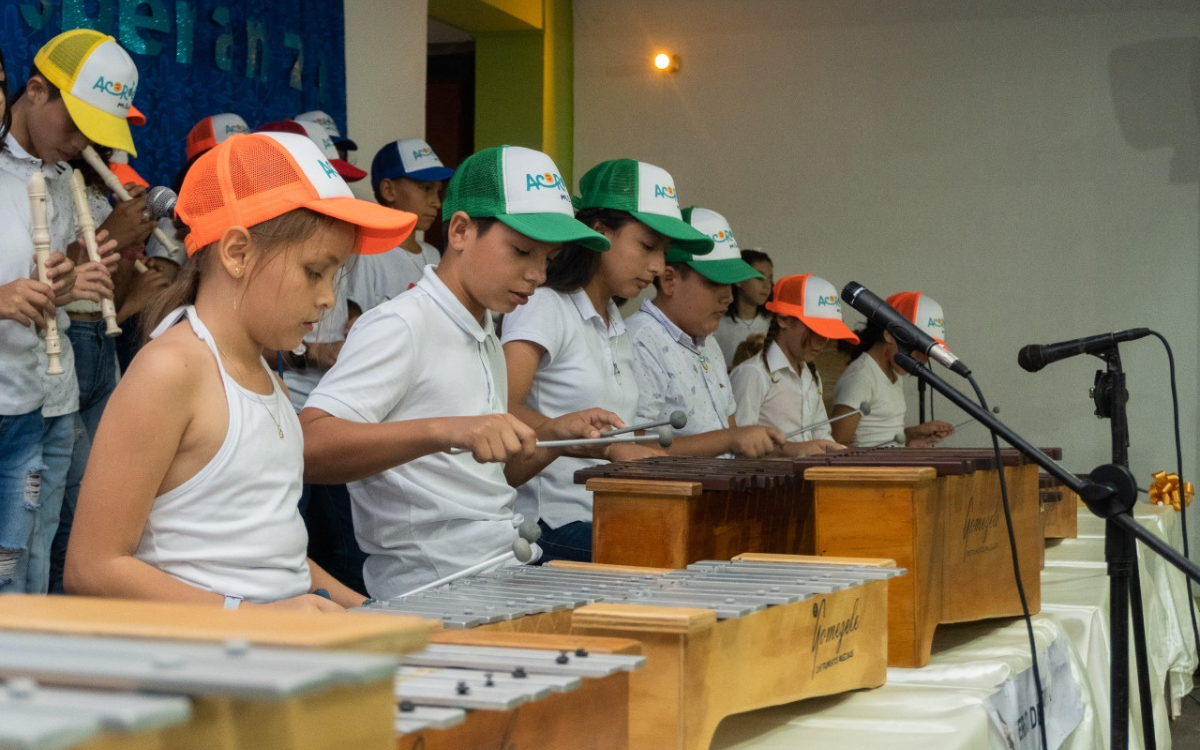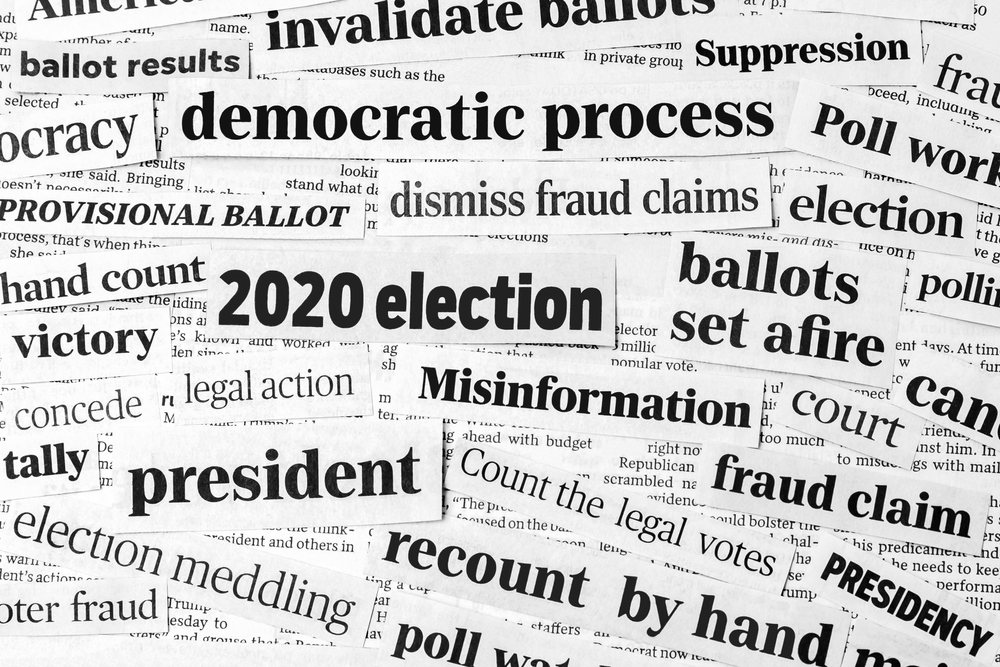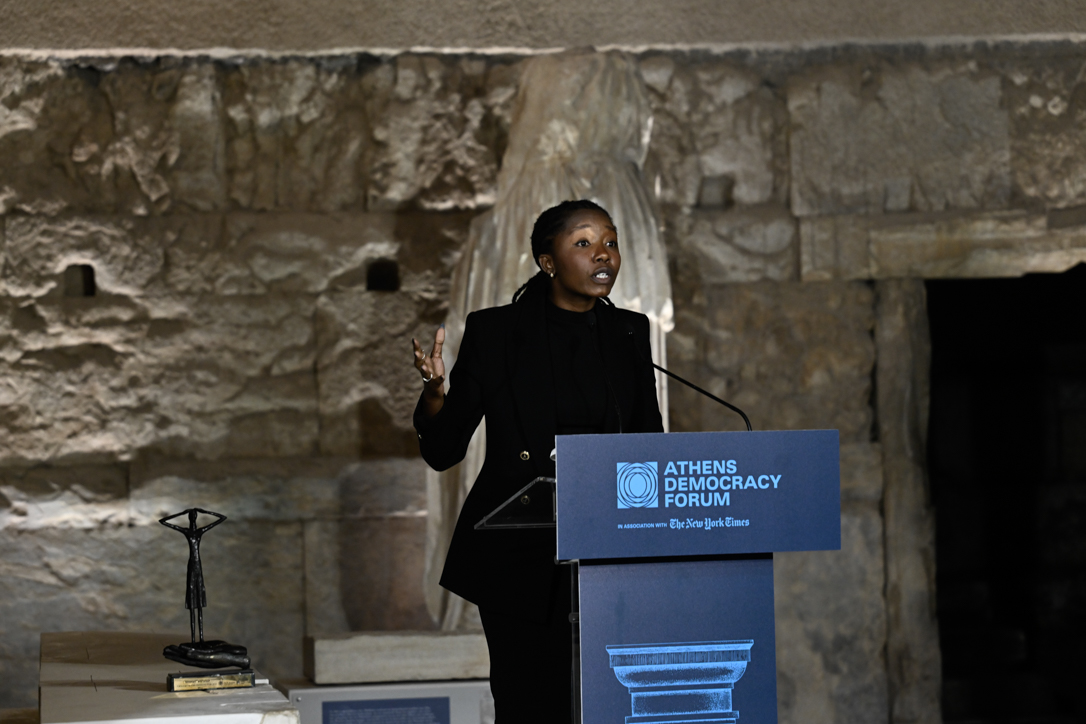Introducing a new tool to Predict Election-Related Violence
Electoral processes are at the heart of democracy’s ability to resolve conflict peacefully, and much of the Kofi Annan Foundations’ work in support of elections aims to ensure they provide citizens with a real voice in how they are governed, and by who. Without credible elections, citizens have no recourse to peaceful political change, and the risk of conflict increases.
“Elections are at the heart of democracy. When conducted with integrity, they allow citizens to have a voice in how and by whom they are governed.”
– Kofi Annan
Over the years, the Kofi Annan Foundation has worked to deepen the integrity of elections; to ensure that opposition organizations are free to organize and campaign without fear. That there is a level playing field among candidates, and that voters feel safe and trust the secrecy and integrity of the ballot. We have pushed to ensure that fraud, intimidation, and corruption are checked, and that legal mechanisms to address electoral-related disputes exist to provide Candidates, Parties, and voters with a legal recourse to uphold their political rights.
Elections as a flashpoint for violence
Unfortunately, around the world – in both mature and young democracies, elections continue to be a flashpoint for violence. Polarization is on the rise, trust in elected officials and between voters is declining, and frustration with a perceived inability of democracy to deliver for citizens is heightening tensions around, and the stakes of, elections. The threat of political violence remains real, so we have been developing a tool that can help to focus the attention of international and regional organizations, civil society, the media, and others on electoral processes that may be particularly vulnerable to violence.
Experience has taught us that the causes of electoral violence sometimes go beyond the conduct of elections themselves. A host of other factors – historical, economic, social, and even demographic, can influence the likelihood that a given election may experience violence. Understanding these factors is central to identifying which elections necessitate increased attention and support – and this can help to inform our work and those of the many organisations similarly dedicated to protecting and promoting democracy and electoral integrity.
Experience has taught us that the causes of electoral violence sometimes go beyond the conduct of elections themselves.
Predicting Election-Related Violence
The Kofi Annan Foundation has teamed up with Varieties of Democracy (V-Dem), an independent research institute in Uppsala University, to develop two Electoral Vulnerability Indexes as a tool to predict election-related violence. These draw from a range of data sources to identify those elections on the horizon which may be particularly vulnerable to violence, and to prove a deeper understanding to international and domestic actors as to where to prioritise their efforts. The first index seeks to identify overall vulnerability to violence, while the second seeks to explore the specific impact of social media and digital tools.
A full explanation of the data, methodology and testing used to develop the Indexes can be found in the report, available to download at the bottom of this page.
Electoral Vulnerability Index 1: Identifying Overall Vulnerability to Violence
Table 1: Risk of Electoral Violence in 2023 (using the nine-model ensemble*)
![]()
Map 1: Risk of Electoral Violence in 2023 (using the nine-model ensemble*)
Open interactive map in browser
Risk of Electoral Violence in 2023 using the nine-model ensemble* – Source: Electoral Vulnerability Index 2023, Kofi Annan Foundation
Assessing The Particular Challenge of Digital Vulnerabilities
Social media and digital tools are becoming ubiquitous in elections – and while they still provide unrivalled power to engage, educate and empower voters, they are also driving polarization, facilitating the spread of disinformation, and undermining the trust of the electorate in fundamental democratic processes and electoral institutions.
In 2020, researchers working with the Kofi Annan Commission on Elections and Democracy in the Digital Age (KACEDDA), suggested that it was possible to identify certain factors that would make a country more susceptible to the weaponization of social media– and therefore more at risk of electoral-related violence.
Drawing on this idea, we have developed an Index which draws exclusively from data from the Digital Society Project, which includes levels of online censorship, polarization and politicization of social media, misinformation campaigns, coordinated information operations, and foreign influence in and monitoring of domestic politics. These indicators provide a comprehensive and cross-national look at the intersection of the internet and politics needed for assessing the potential impact of digital technologies on elections.
This Index allows us to identify the elections where increased attention is needed to mitigate the harmful impact of social media and digital tools; comparing it against the first table allows us to see where this impact may be significant enough to push elections into violence.
Electoral Vulnerability Index 2: The Impact of social media and digital tools on Elections
Table 2: Risk of Electoral Violence in 2023 (using the Digital Societies Project full model*)
![]()
Map 2: Risk of Electoral Violence in 2023 (using the Digital Societies Project full model*)
Open interactive map in browser
Risk of Electoral Violence in 2023 (using the Digital Societies Project full model*) Source: Electoral Vulnerability Index 2023, Kofi Annan Foundation
Looking Ahead
The Kofi Annan Foundation intends to continue its partnership with V-Dem, building on the Index and providing annual updates that will look 18-24 months ahead. We will continue to liaise with donors, civil society actors and international electoral support organisations to refine the index to address their needs better.
Sign up to the Kofi Annan Foundation newsletter to receive our quarterly updates on this and our other activities.
Data & Methodology
*A full explanation of the data, methodology and testing used to develop the Indexes can be found in the EVI 2022-2023 report, available to download.
Electoral Vulverability Index – Data & Methodology
In brief, the first index draws on inputs and indicators from the V-Dem data sets and the United Nations, World Bank, Digital Society Project, Violence Early Warning System (ViEWS) and Uppsala Conflict Data Program (UCDP). These data points were organised into a series of constituent models, which were combined to provide ensemble models to provide an overall indication of the potential for electoral violence. The models were then tested against historical data to refine the final forecasts.
However, these, like all similar indices, should not be looked at in isolation, but rather considered alongside other data and qualitative information and analysis. We see this as one tool amongst many that can help to inform our engagements and those of our partners.
Citation: Kofi Annan Foundation (2023) Election Vulnerability Index 2023. Kofi Annan Foundation. www.kofiannanfoundation.org/supporting-democracy-and-elections-with-integrity/electoral-vulnerability-index/
Published: 10 March 2023



